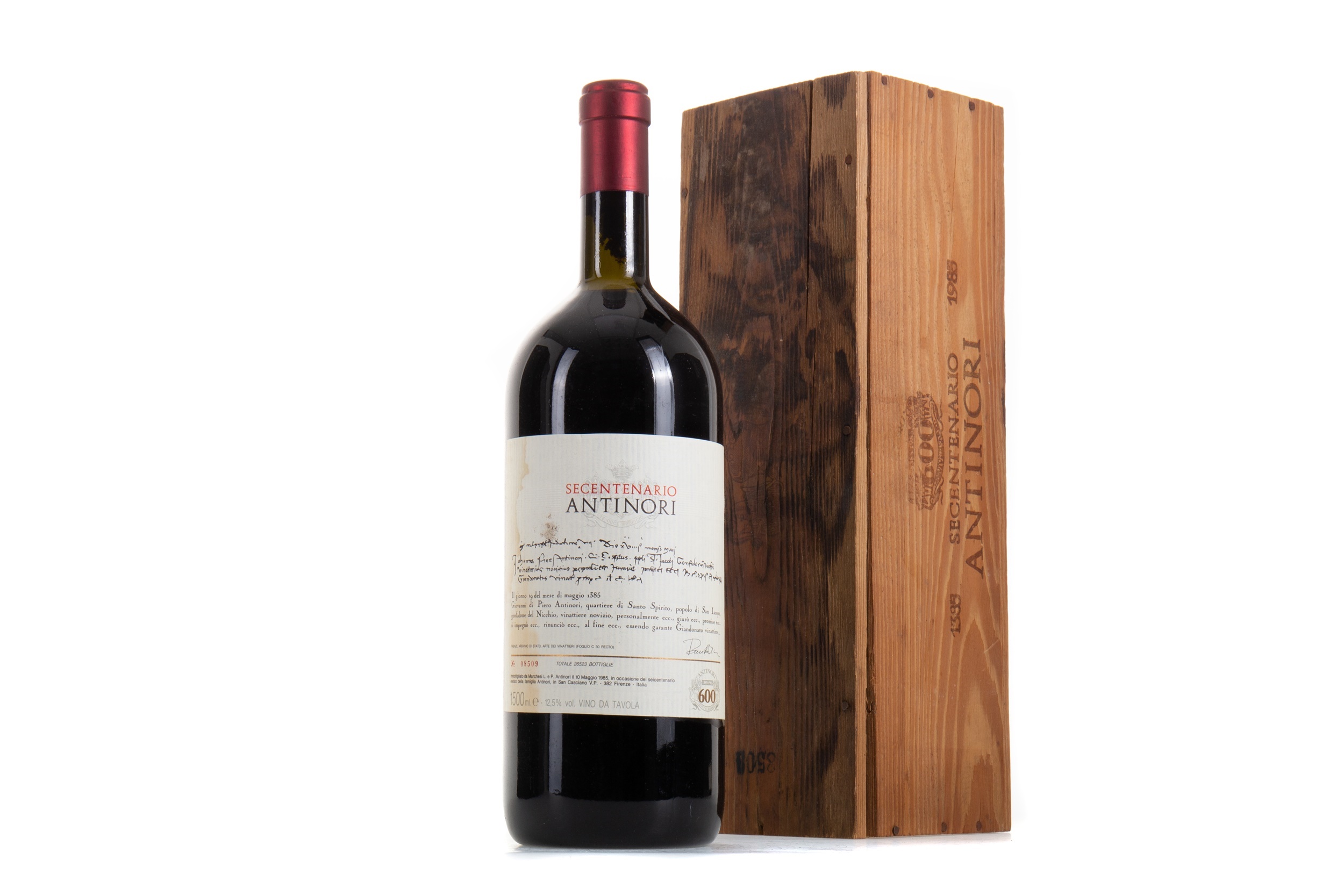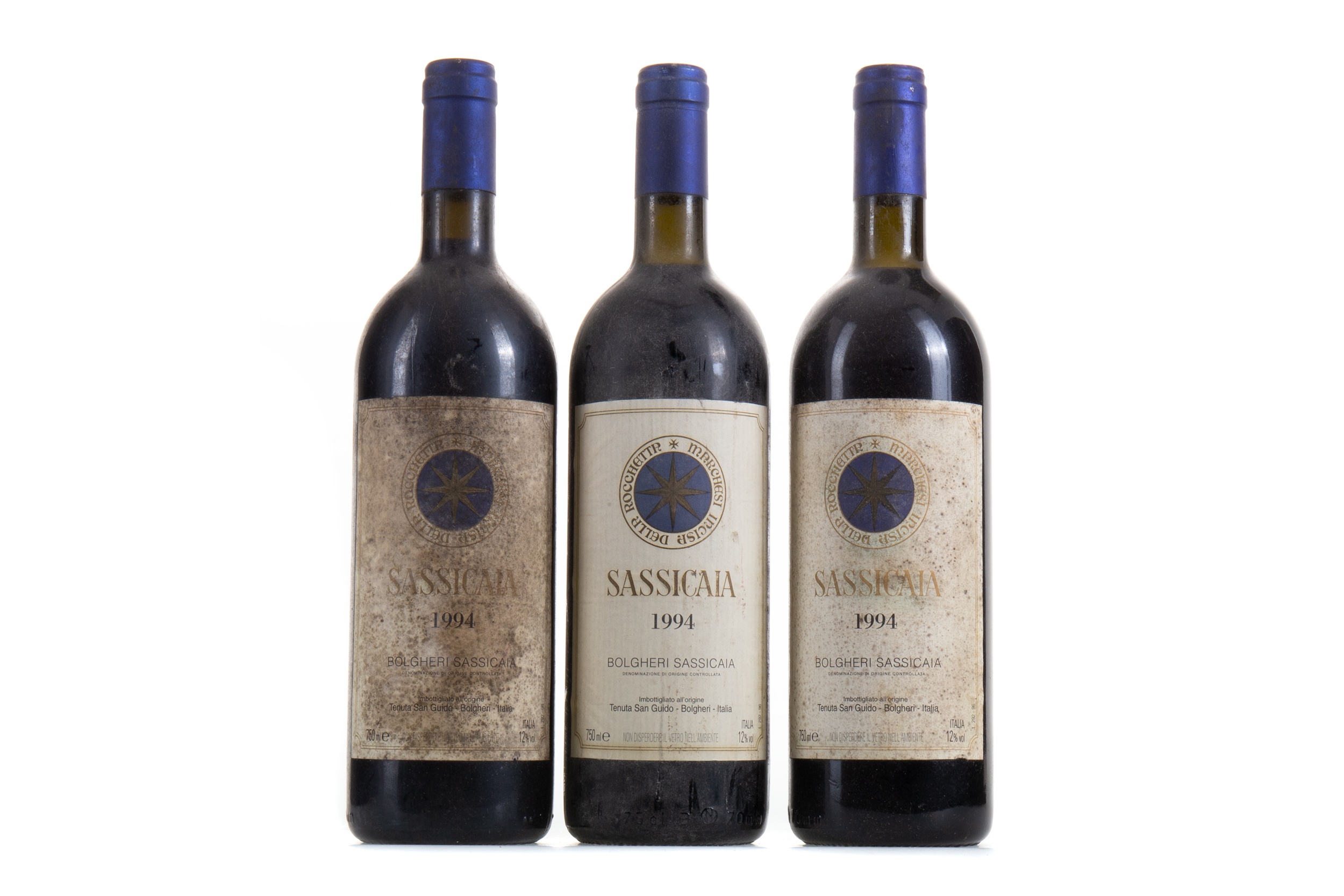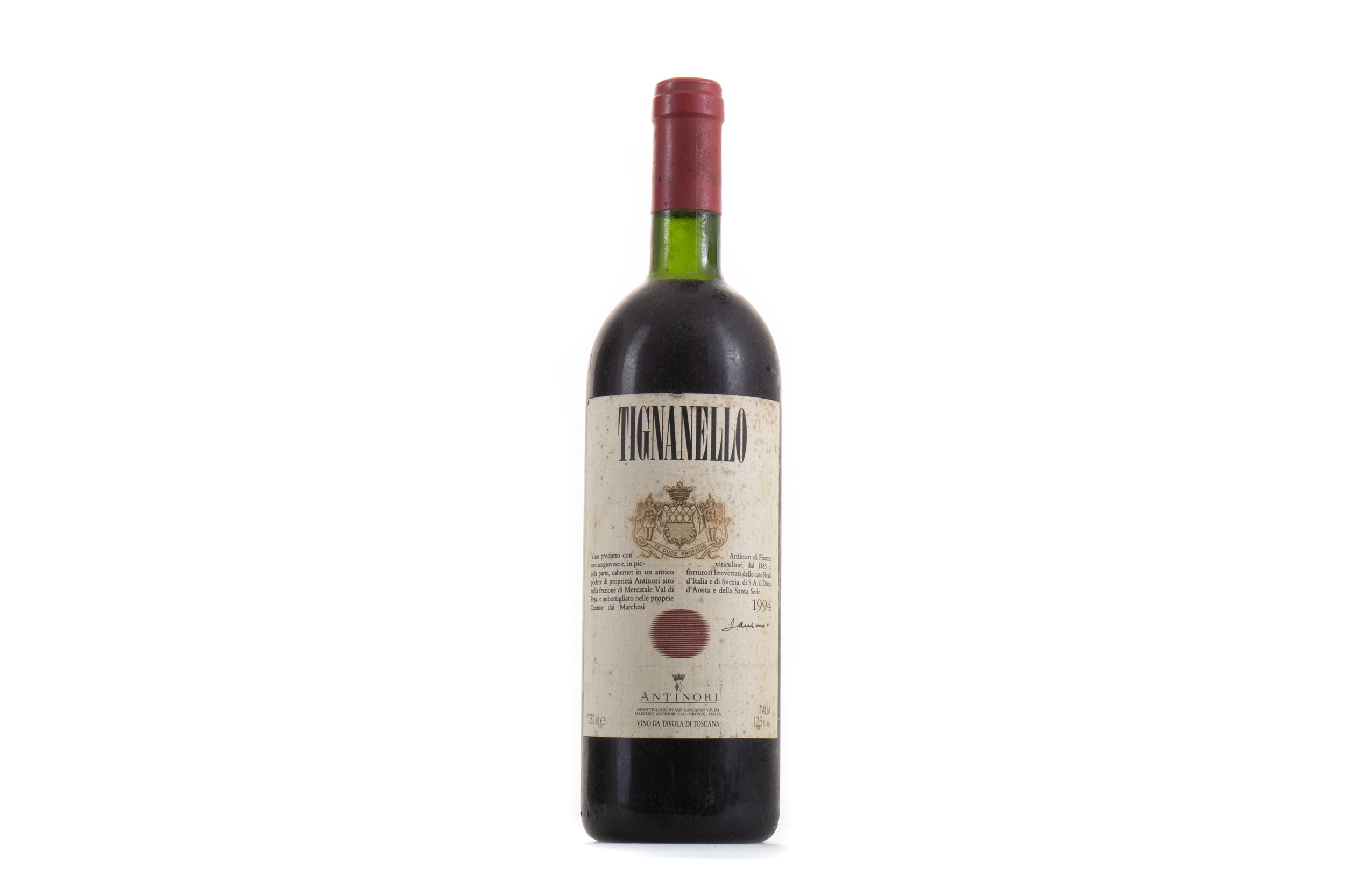Rise of the Super Tuscans
Birthplace of The Renaissance, Italy’s beautiful Tuscany region is perhaps equally well known for its rich winemaking heritage. Rolling hills, fertile soils and the warm Mediterranean climate all contribute to provide ideal growing conditions for the many varieties of grape found in the area. Tuscan wines have been celebrated for centuries, with the Chianti blend recognised the world over. However, in more recent years winemakers from the area have broken with tradition, giving rise to blends known as Super Tuscans.
By the late 1960s Chianti was enjoying a surge in popularity thanks to Italy’s introduction of a Denominazione di Origine Controllata (DOC) classification, awarded to local produce as a mark of quality and in recognition of traditional craftsmanship. To keep up with this increasing demand, winemakers resorted to padding out their Chianti by introducing a greater percentage of white Trebbiano grapes to the blend, normally weighted in favour of red Sangiovese. While this was perfectly acceptable within the DOC criteria, it was impossible to deny that it was detrimental to the quality.
Concerned by the potential repercussions for the local industry and keen to diversify, Tuscan winemakers such as Marchesi Antinori and Tenuta San Guido started experimenting with non-regional grape varieties, such as Cabernet Sauvignon and Cabernet Franc. Blending these with the traditional Sangiovese resulted in bolder, full-bodied wines that drew favourable comparisons with French Bordeaux, while still retaining their own distinctive character. Of course, these wines didn’t comply with the DOC classification and were instead labelled as Vin di Tivoli, or “table wine”.
Despite this far less prestigious classification, the wines spoke for themselves, particularly in the United States where the name Super Tuscan was coined by besotted critics. Aware that the DOC classification needed tweaking, in 1984 Italy amended its regulations by disallowing the use of white grapes in Chianti’s make-up. This was followed by the introduction of an entirely new classification, the Indicazione Geografica Tipica (IGT), allowing for experimentation with non-traditional grapes providing they were grown in the designated region.
McTear’s is the longest-established auctioneer of whisky in the world. Entries are invited for this international auction. For a complimentary, no-obligation valuation, visit our Glasgow Galleries or contact our specialist on 0141 810 2880 or whisky@mctears.co.uk.
What's it worth?
Find out what your items are worth by completing our short valuation form - it's free!



